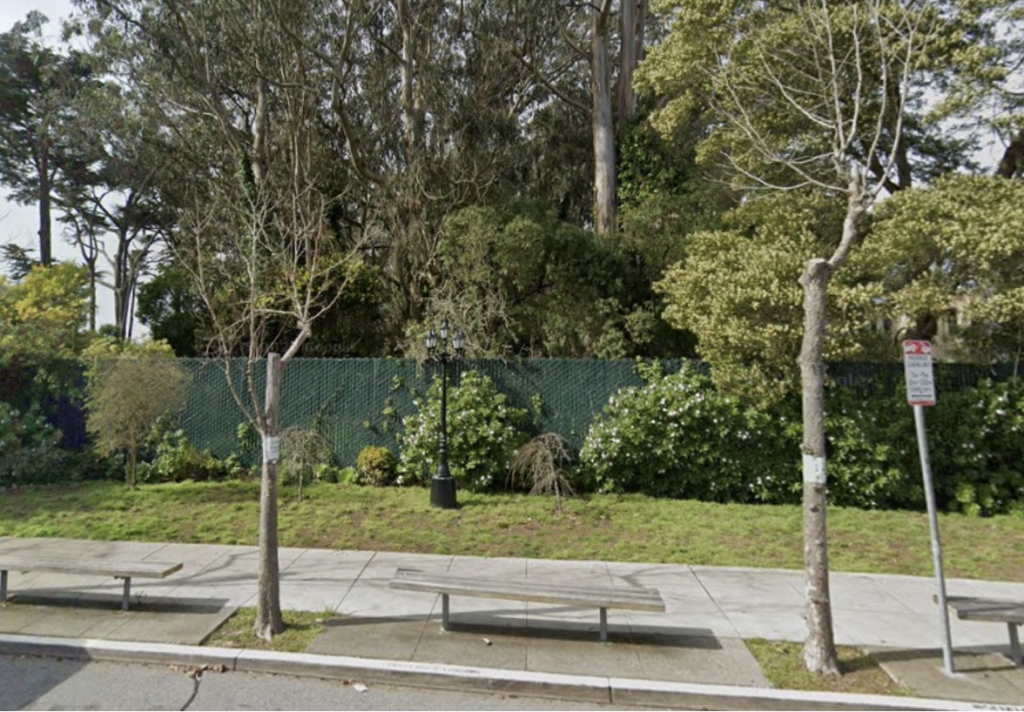The San Francisco Golf Club is one of the most exclusive sports facilities in the country. You can’t just apply to join; you have to be invited. If you have to ask how much it costs, you probably can’t afford it; membership fees aren’t listed anywhere.
Let’s put it this way: Condoleezza Rice is one of only seven women who are members of Augusta National, among the most exclusive golf clubs in the world. It’s where they play The Masters. She’s also a member of the San Francisco Golf Club.

According to public tax filings, the small club had revenue of $8.1 million in 2023, and has assets of $12.3 million. The head golf pro makes $410,000 a year.
The private course sits on 150 acres near Lake Merced, on the border of San Francisco and Daly City. The place tries to keep a low profile, unlike, say, the Olympic Club, a neighboring course (also private but less exclusive) that hosts high-profile national but also local events. The University of San Francisco (where I teach) hosts collegiate tournaments there.
Most people in San Francisco have never heard of the San Francisco Golf Club, and the club members seem to like it that way.
But the club will be in the public eye Thursday/13 when the Planning Commission is slated to consider what would seem a fairly modest request: The club wants to build a 19,000-square-foot maintenance building on the corner of its property, in an area that is not part of the golf course and is unimproved.
The problem: It’s also 40 feet away from St. Thomas More school, which has 300 students from pre-K to eighth grade on Brotherhood Way.
The building, as initially proposed, would have been used for locker rooms and showers for the staff—but also as a sort of gas station to refuel club vehicles and a storage and charging station for golf cats and lawn mower that use lithium-ion batteries.
Collecting large numbers of batteries right near a pre-school seems like a bit of a bad idea. These things catch fire, and battery fires are hard to put out, and leave terrible toxic waste behind. The San Francisco Board of Supes last year limited the storage of vehicles with lithium-ion batteries in residential buildings.
The school has asked the Planning Commission to deny the conditional-use permit that’s required to put up the building.
The discussion has been going on since last spring, when Sup. Myrna Melgar asked the commission to delay consideration while the golf club and the school met to see if they could work out their differences. It’s been continued six more times since then.
The club has made some changes to the plan, shrinking the height of the building by a foot or so, moving the gas tanks somewhere else, removing chemical fertilizer storage, and moving the battery storage and potentially recharging areas to the side of the building furthest from the school.
But Linda Shah, who has a grandchild in the school and is the Parish Council president, told me that’s not enough. “All they are doing is making changes around the edges,” she said. “Forty feet doesn’t cut it.”
In October, the commissioners asked the club to see if there was anywhere else in the 150-acre site that could accommodate the building. The club looked a few sites, and said no: Moving it away from the school would require upgrading the electrical system, and maybe the plumbing, which could cost as much as $1 million. Plus: The building could get hit by golf balls.
The club doesn’t seem to be hurting for money. And any structure on a golf course, or near a golf course, is going to get hit by golf balls. Sometimes, Shah told me, they hit the teachers’ cars, and once a ball bounced through the door of the church during services.
The environmental review doesn’t mention the fact that the facility is right next to a school.
Now it appears the commission will vote on the CU, and the staff, no surprise, recommends approval. “We want them to reject the CU,” Shah said.
In October, CBS did a story on the controversy, with reporter John Ramos calling it a “David vs. Goliath fight.” He ended by saying that, in the Biblical story, David slew Goliath. “But then, Goliath wasn’t as well connected as member of the San Francisco Golf Club.”




